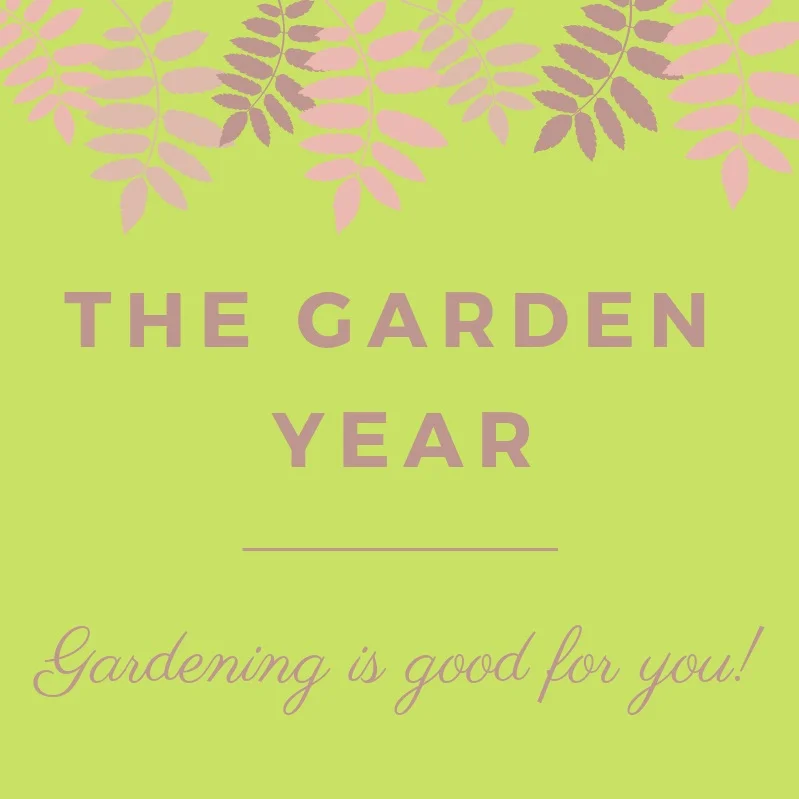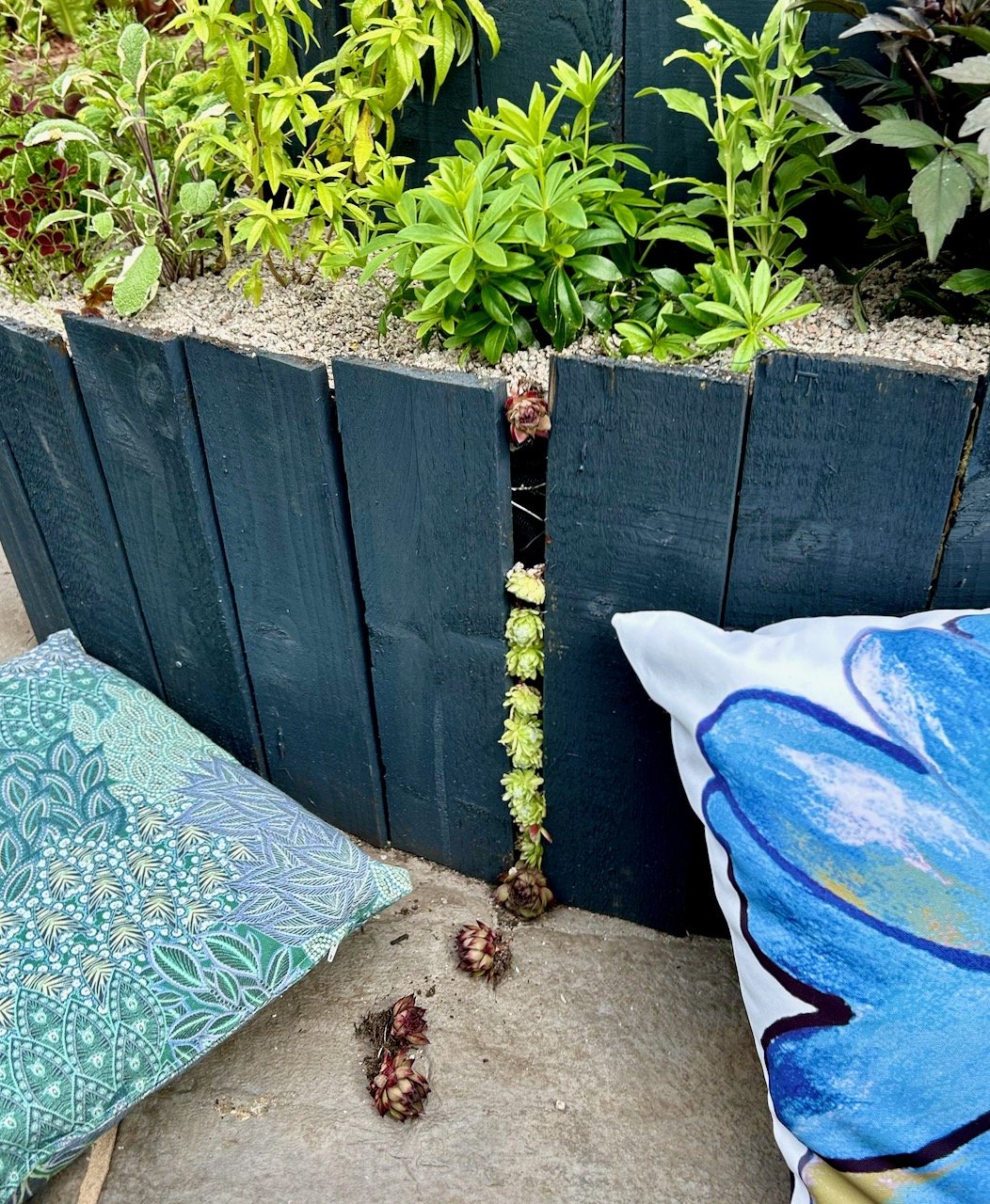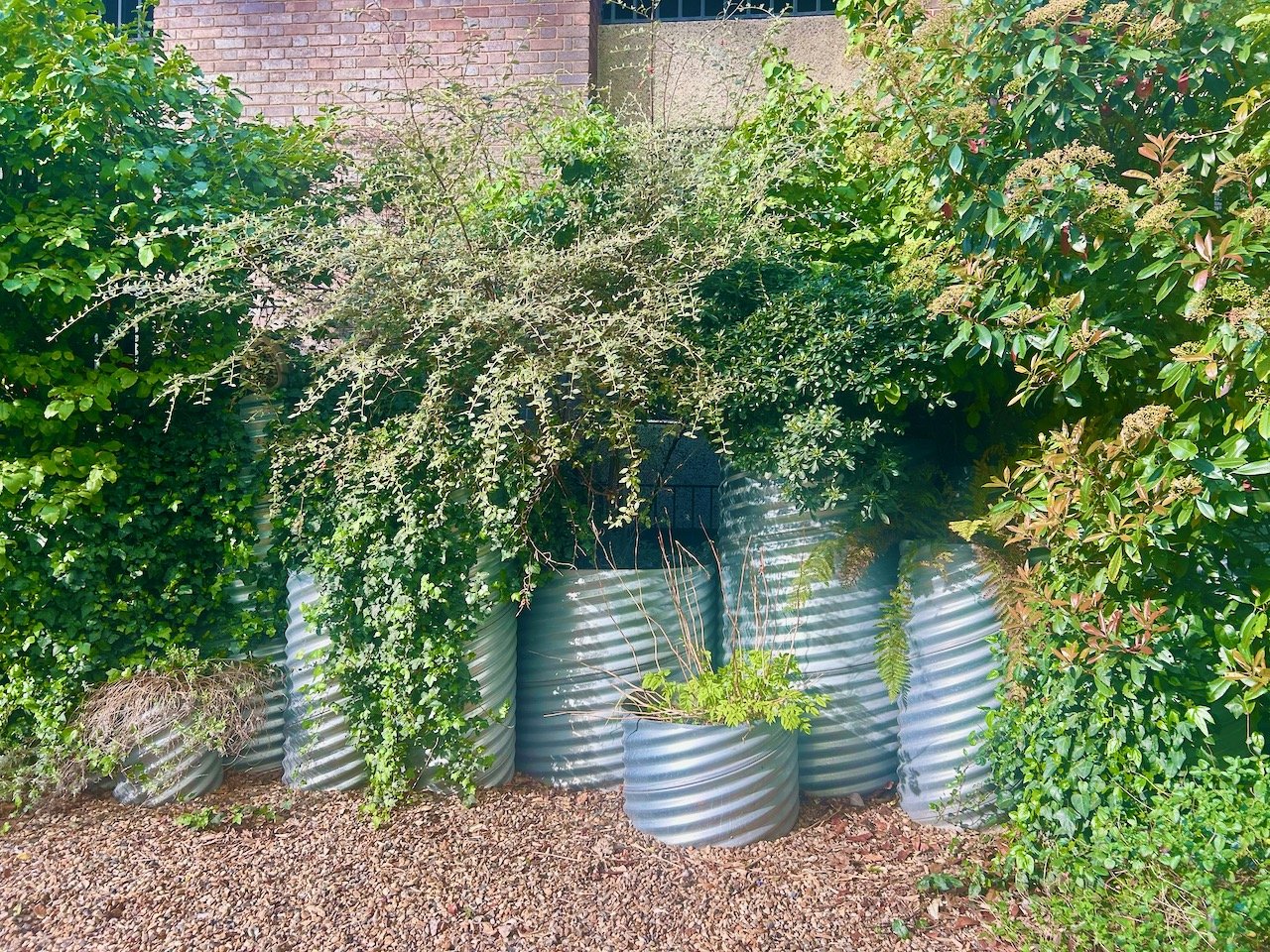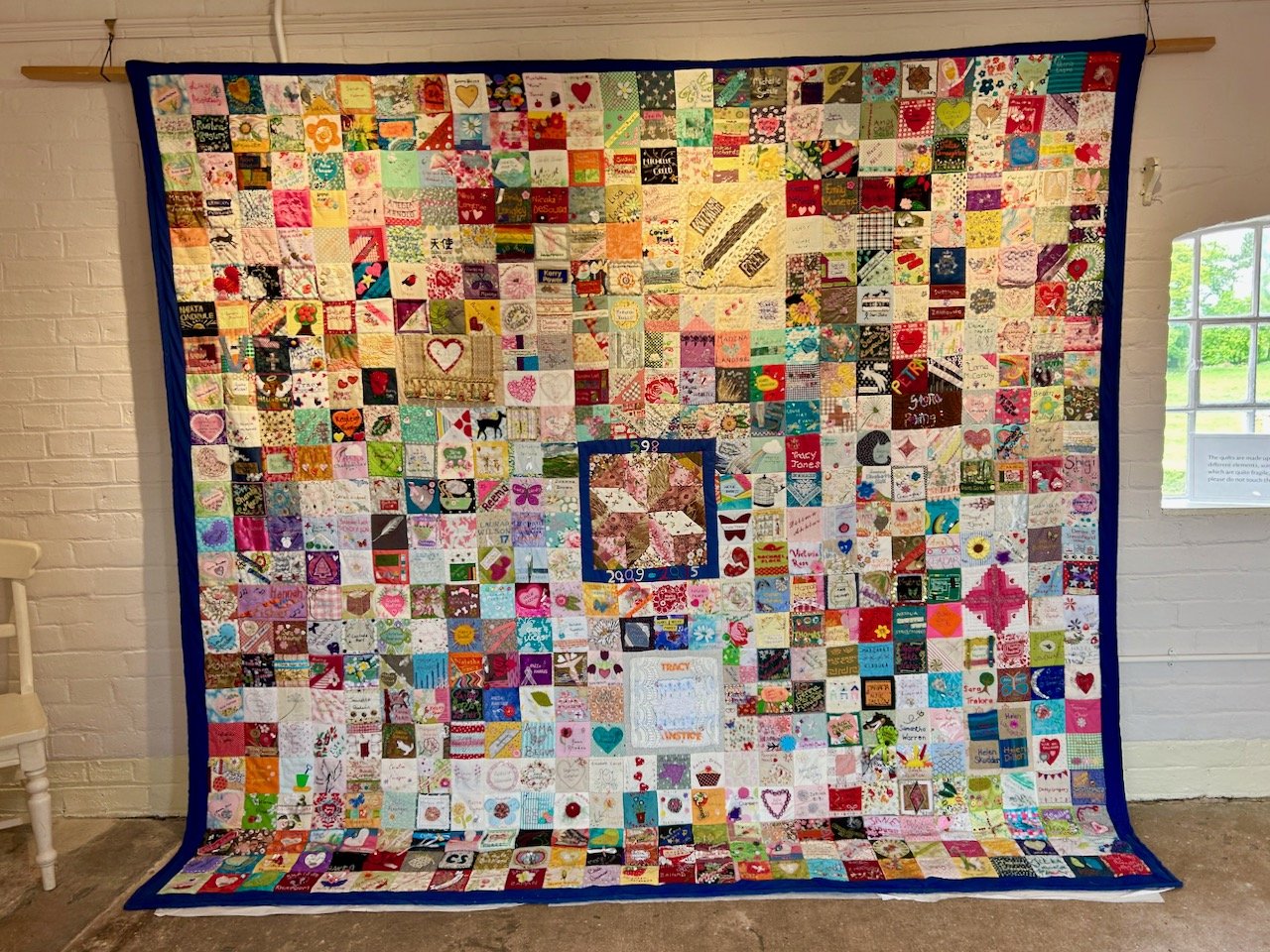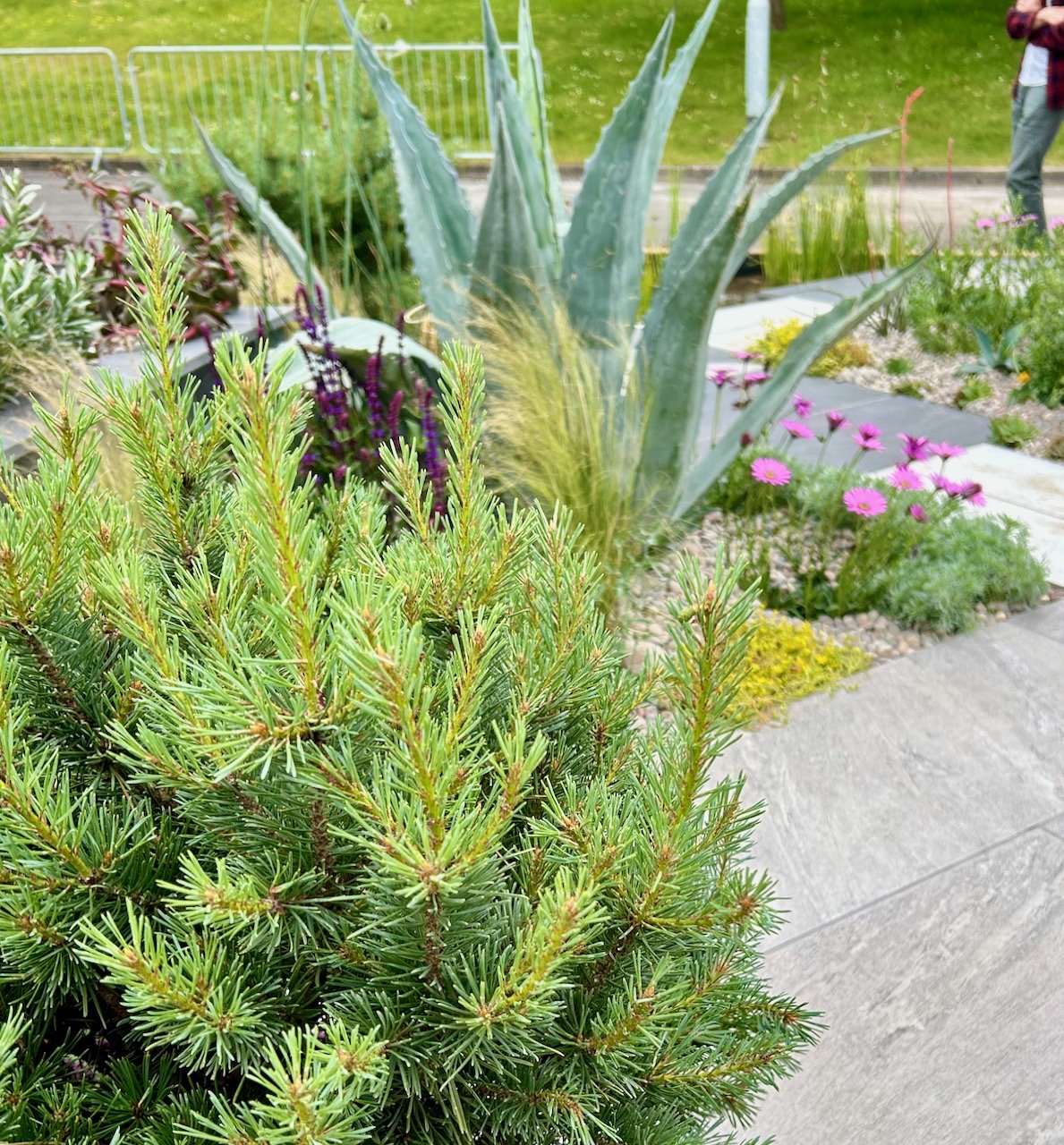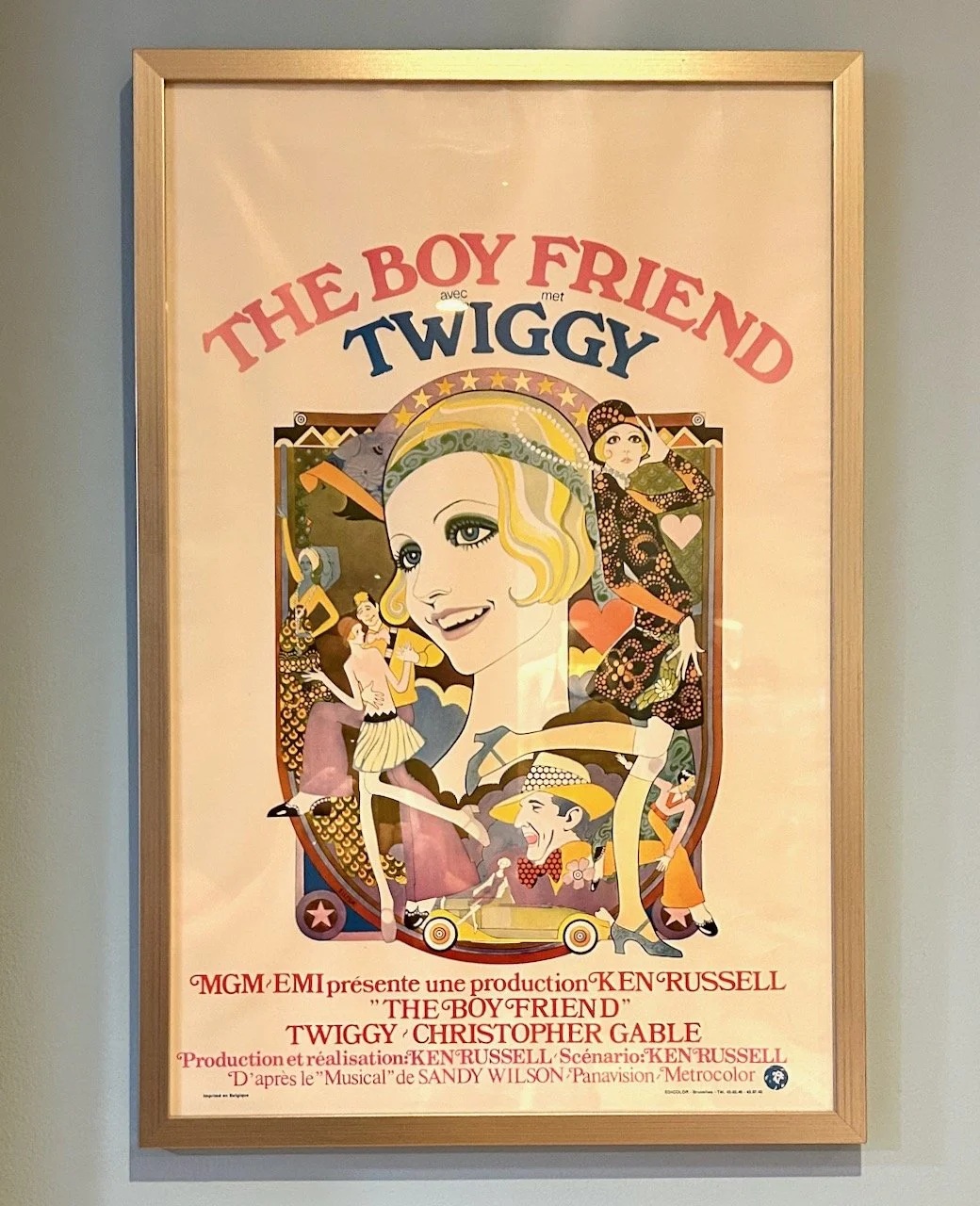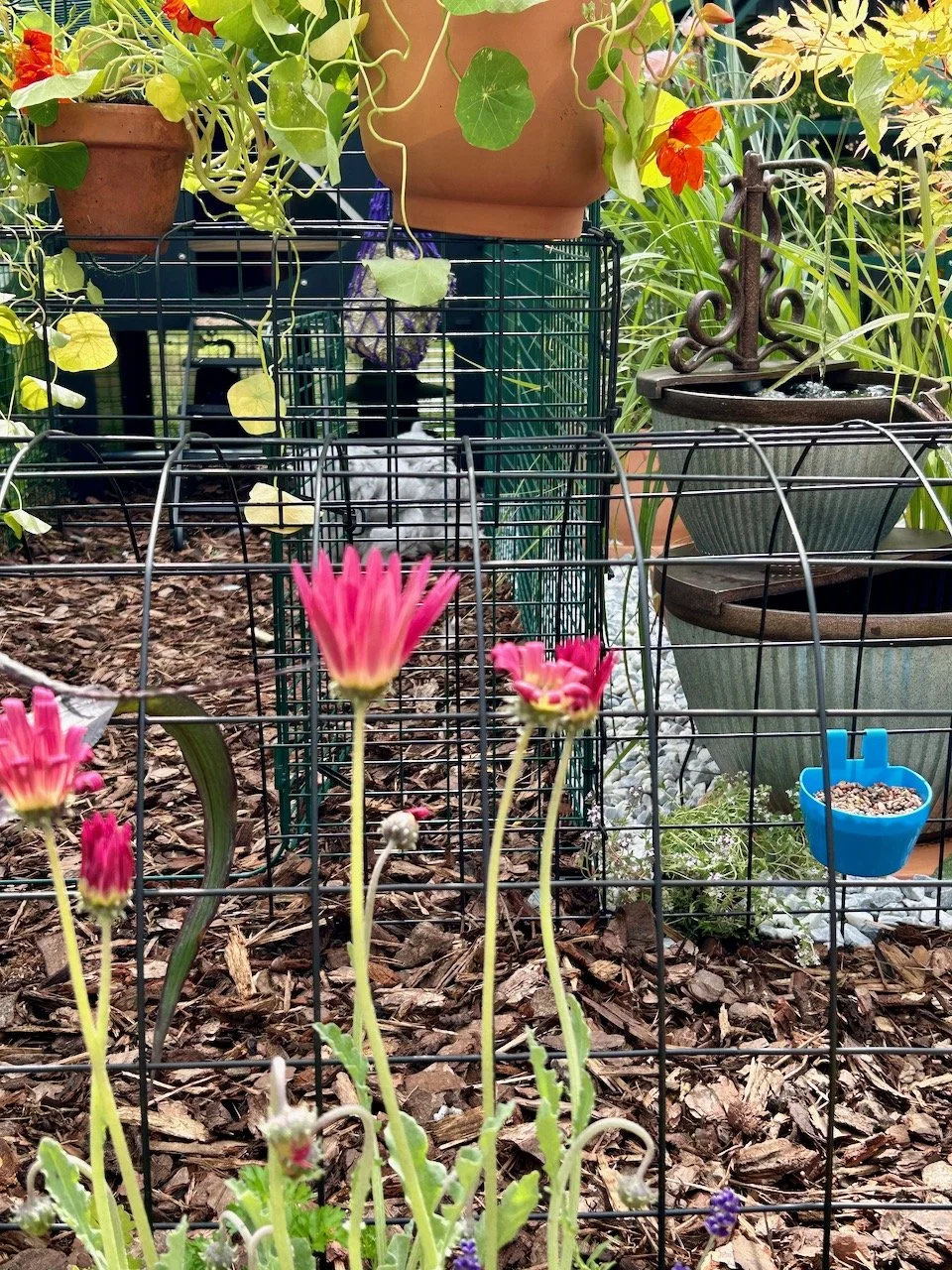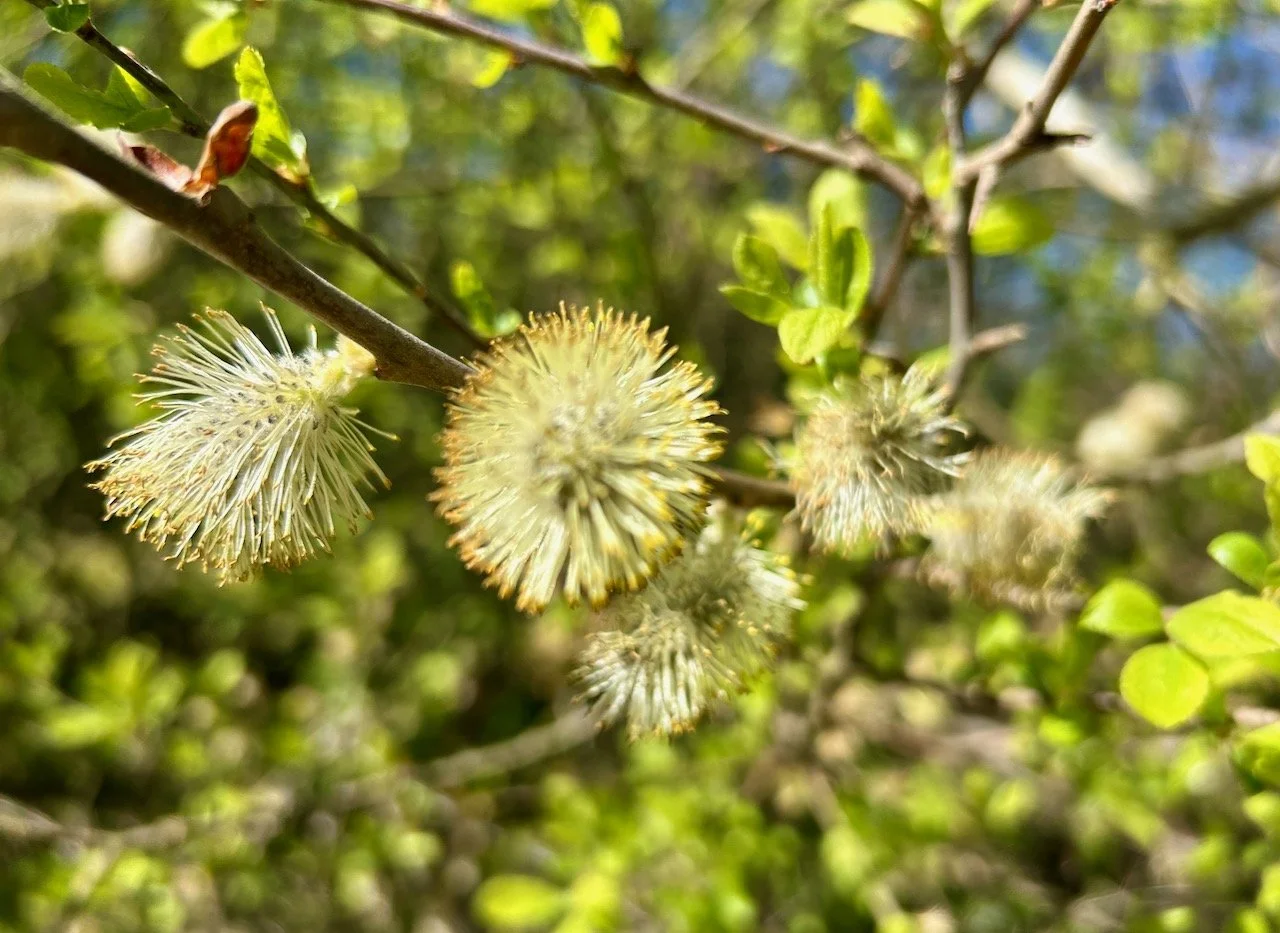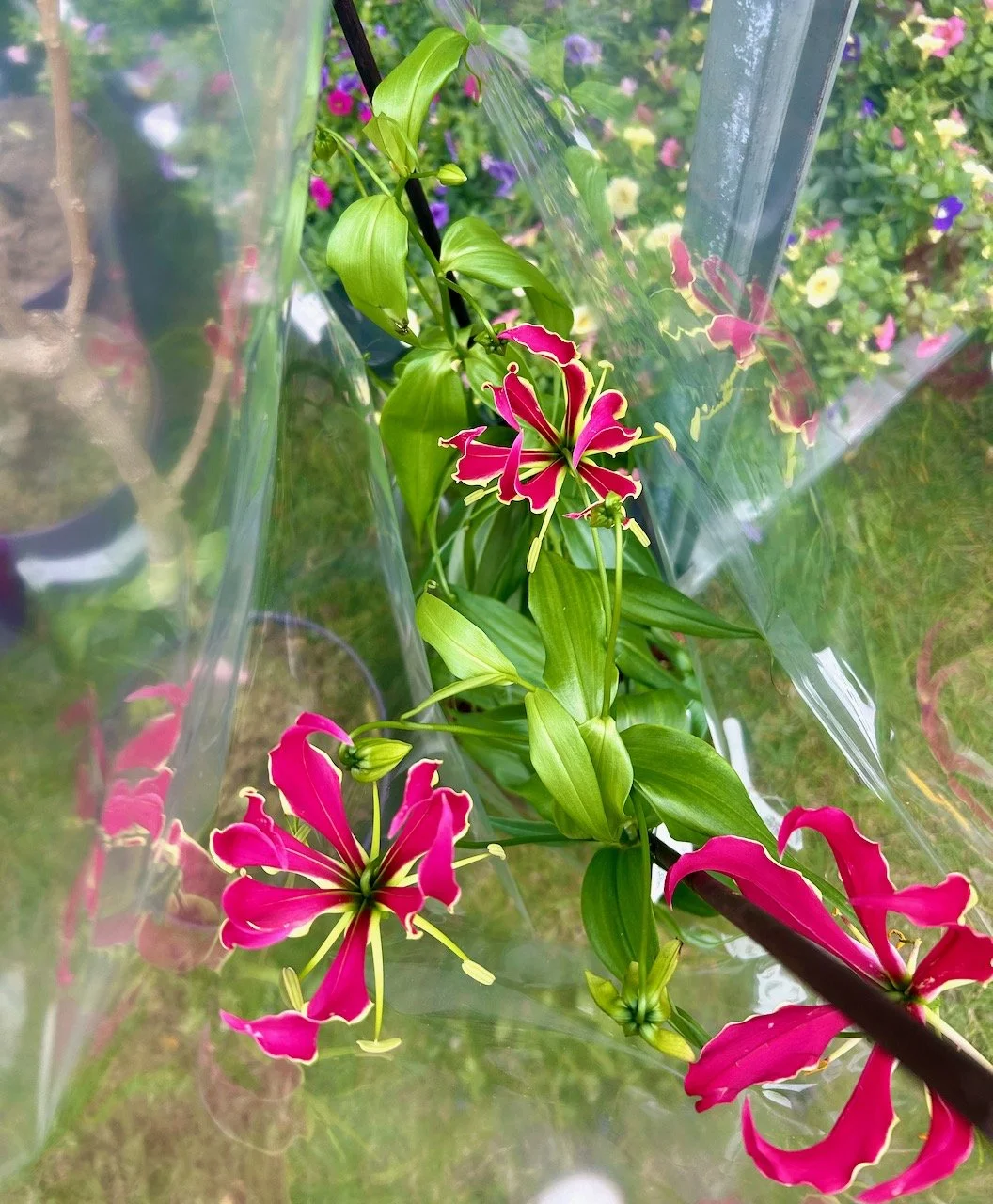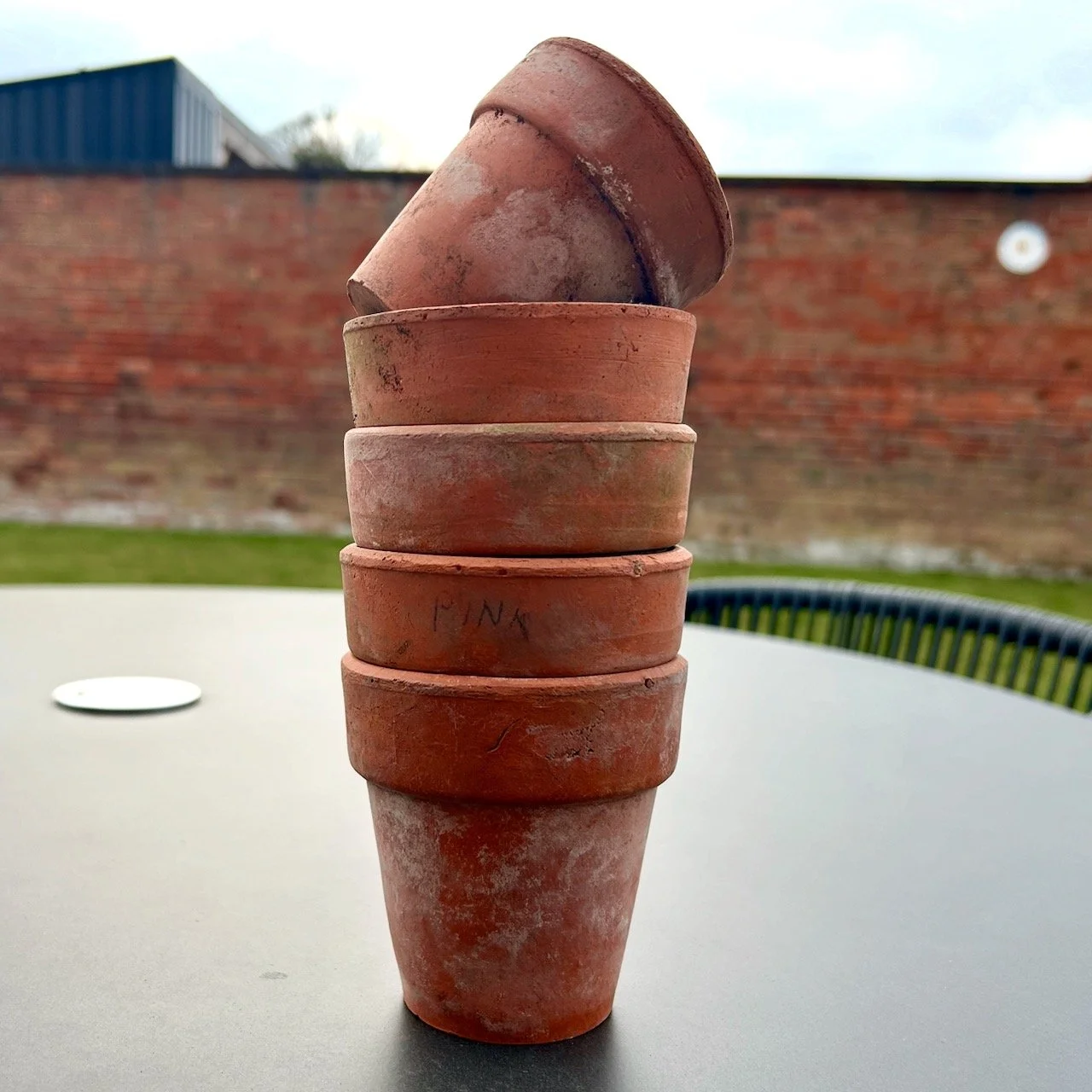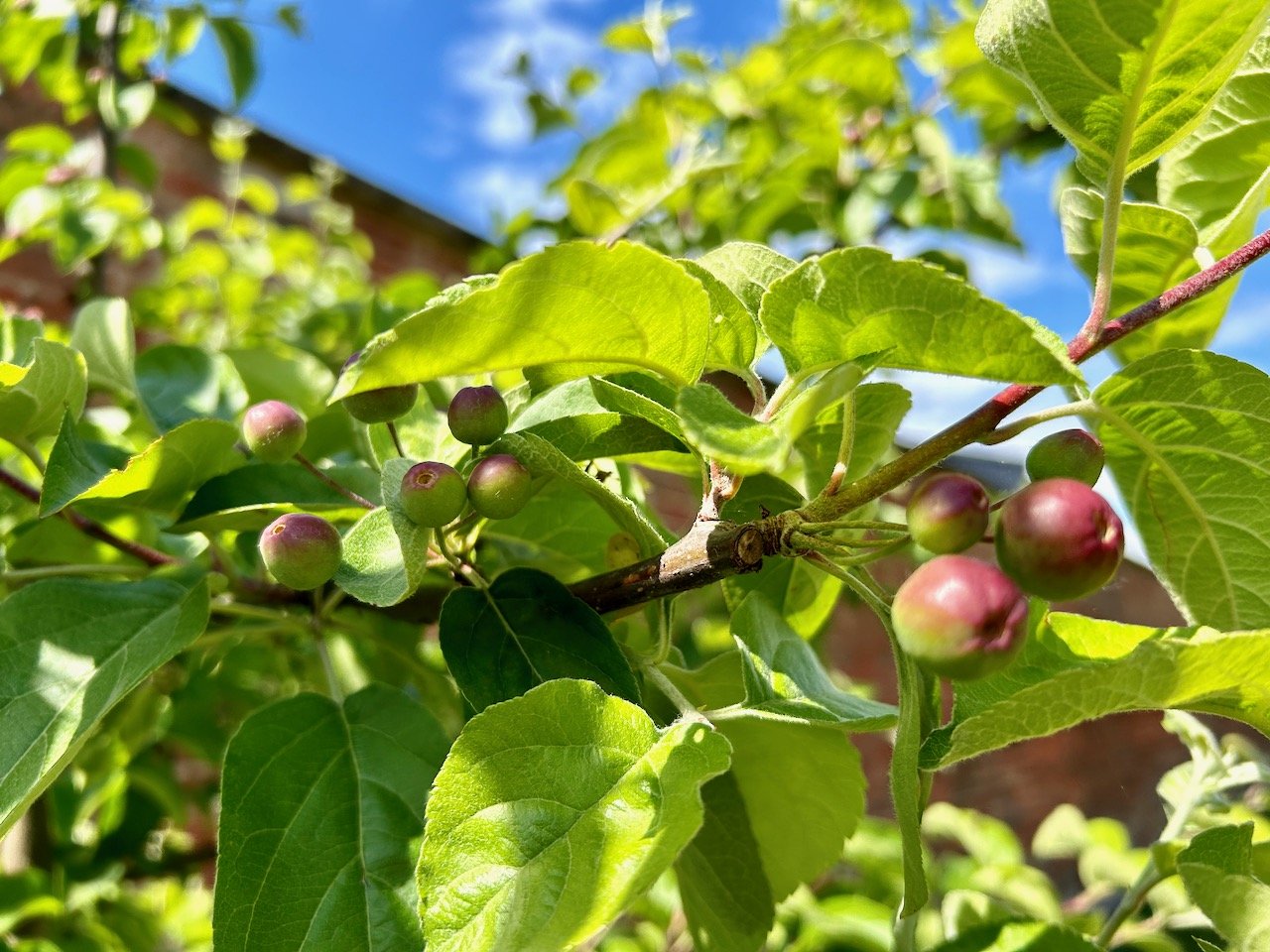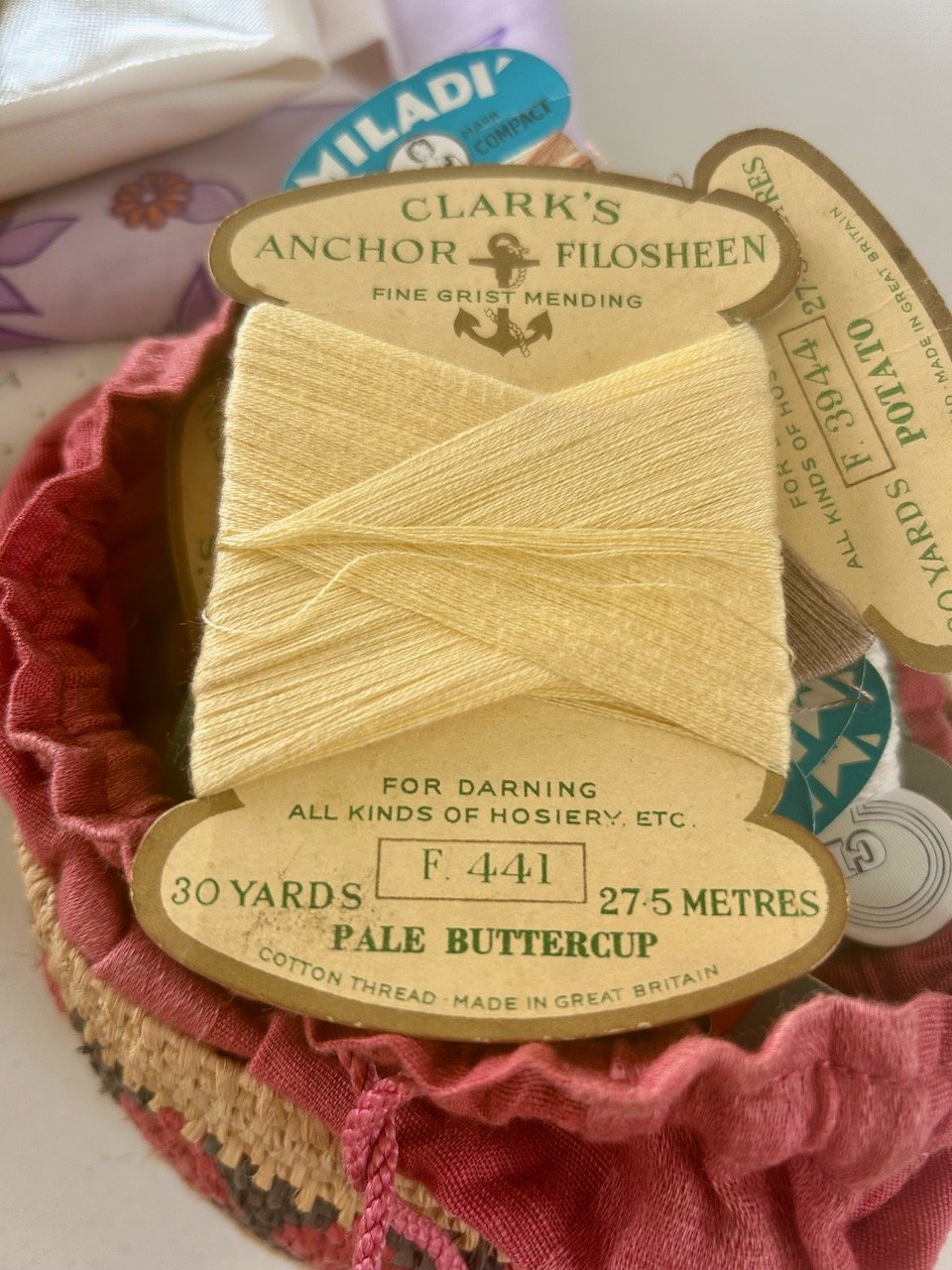For this year’s Garden Year linky I’m continuing to share advice from Songbird Survival about how we can make our gardens the best they can be for birds.
This past month I’ve really been enjoying working, or more accurately pottering, in my garden - though earlier in the month I had a scare when I thought I’d lost a couple of my potted roses and the astrantia, but thankfully moving them to a more sheltered spot and giving them a more regular water has helped them through. One of the roses has even flowered - yay! The other has recovered so much that it’s grown new leaves to replace those it dropped.
My hardy fuchsias were looking very twig-like and so once I thought the frosts had passed I braved it and cut all the dead wood out, but being careful to leave enough of the sticks to support the new growth which up until now had relied on them. It seems to have worked so far…
#ThinkBirds
Songbird Survival suggest that we should aim to include five essentials in our gardens for a wildlife-friendly space, they are:
Shelter - this is important for birds and small mammals to escape predators; trees, hedges and shrubs all provide places they can hide.
Food - an assortment of flowers and vegetation will attract insects and berry bushes or fruit trees also provide a great source of food.
Nesting - nest boxes are a great way to provide safe nesting environments for birds, but also think about planting long grasses or cardoons which supply birds with good nesting materials.
Water - provide a space, such a s a shallow bird bath, which is cleaned regularly.
Be natural - ditching the pesticides will help wildlife thrive!
Advice, inspiration and places to visit
RHS advice: jobs to do this month
Gardeners World advice and inspiration
National Trust gardens and parks to visit
English Heritage historic gardens to visit
Leave a link below to share what you’ve been up to in the last month, or add a comment sharing your plans for the upcoming month.
